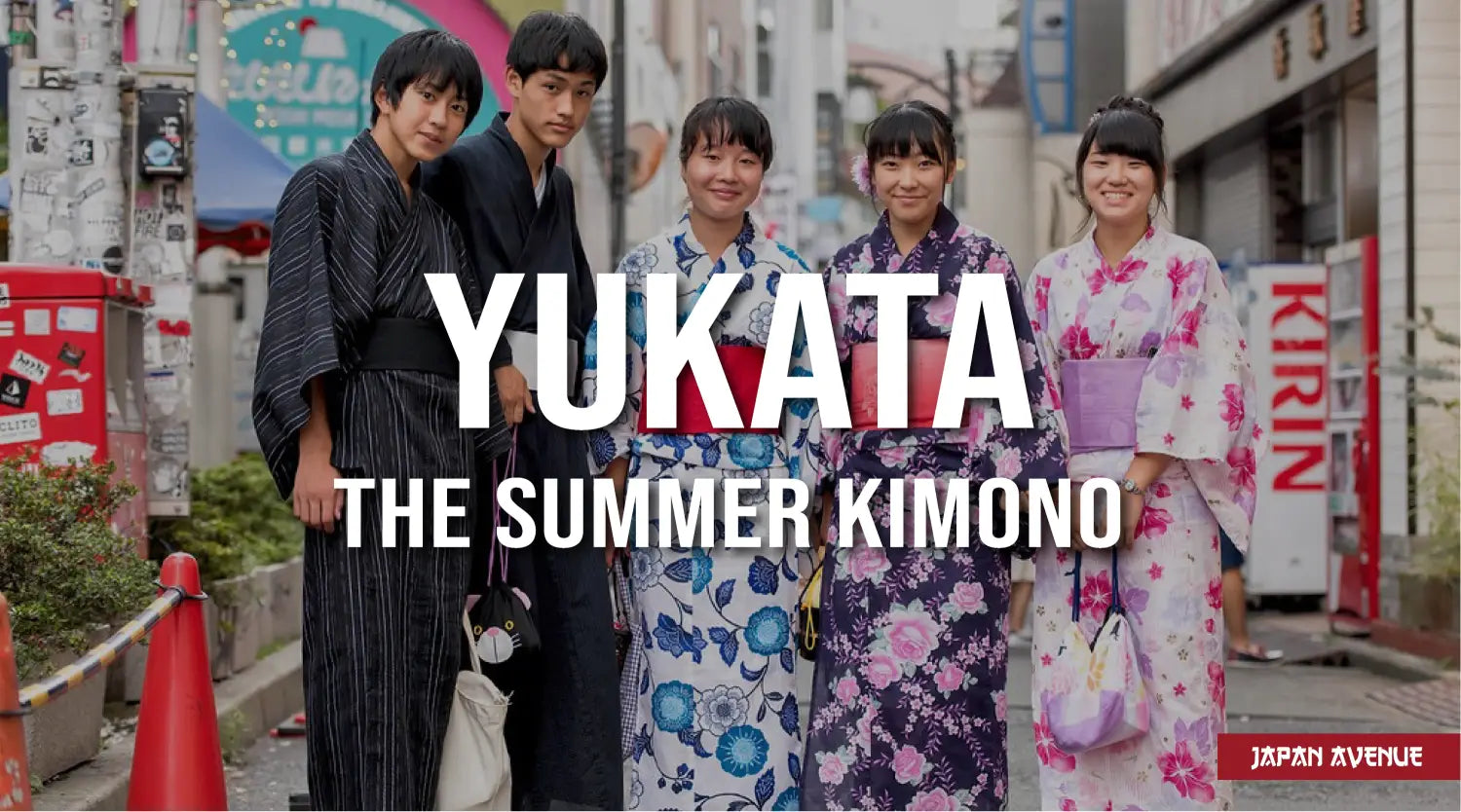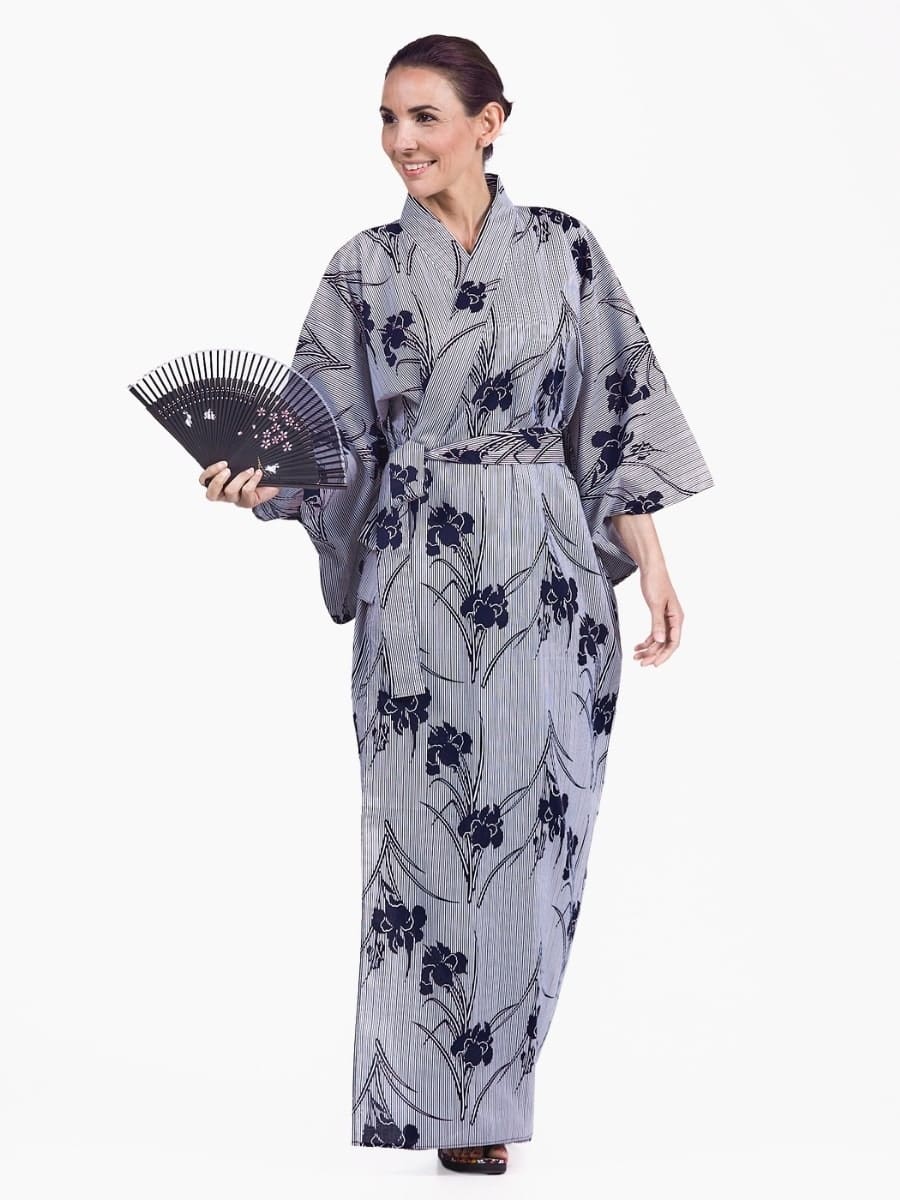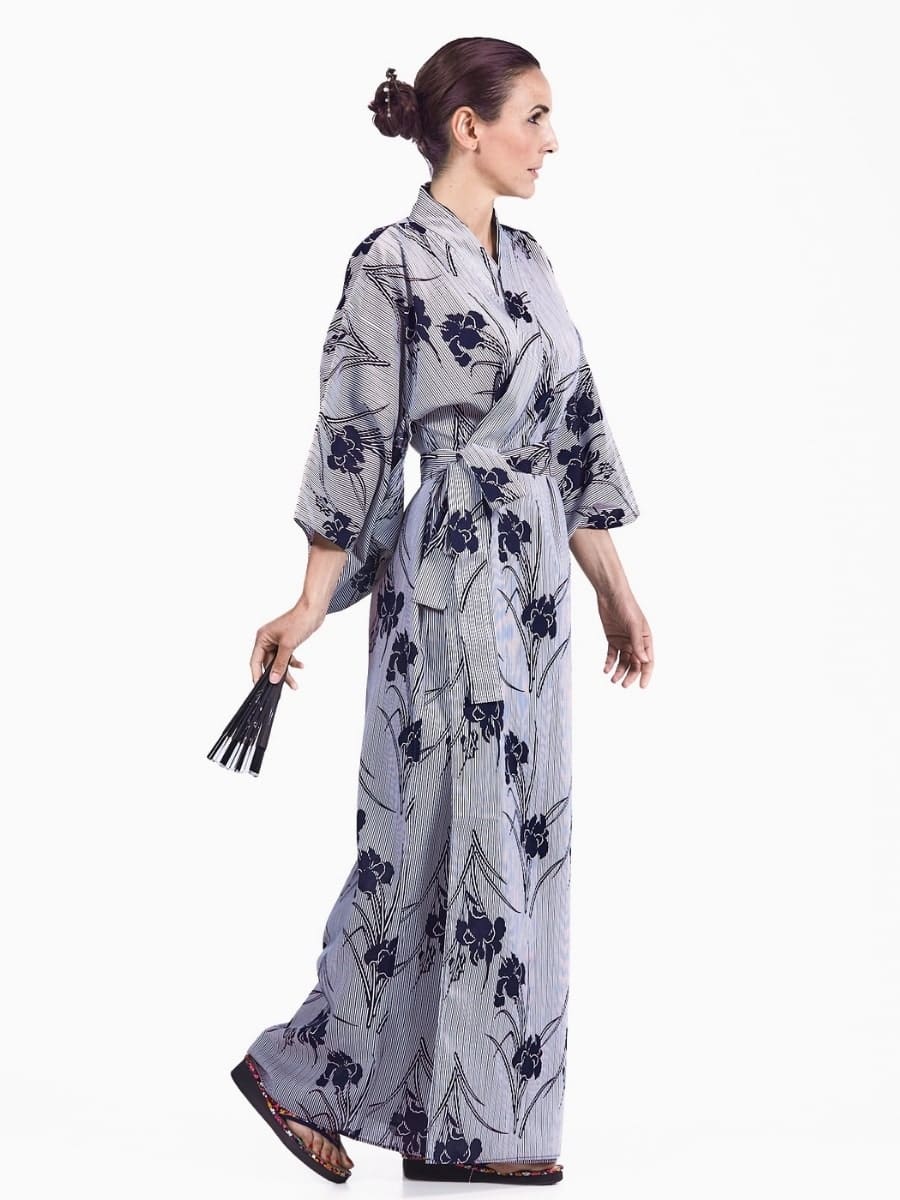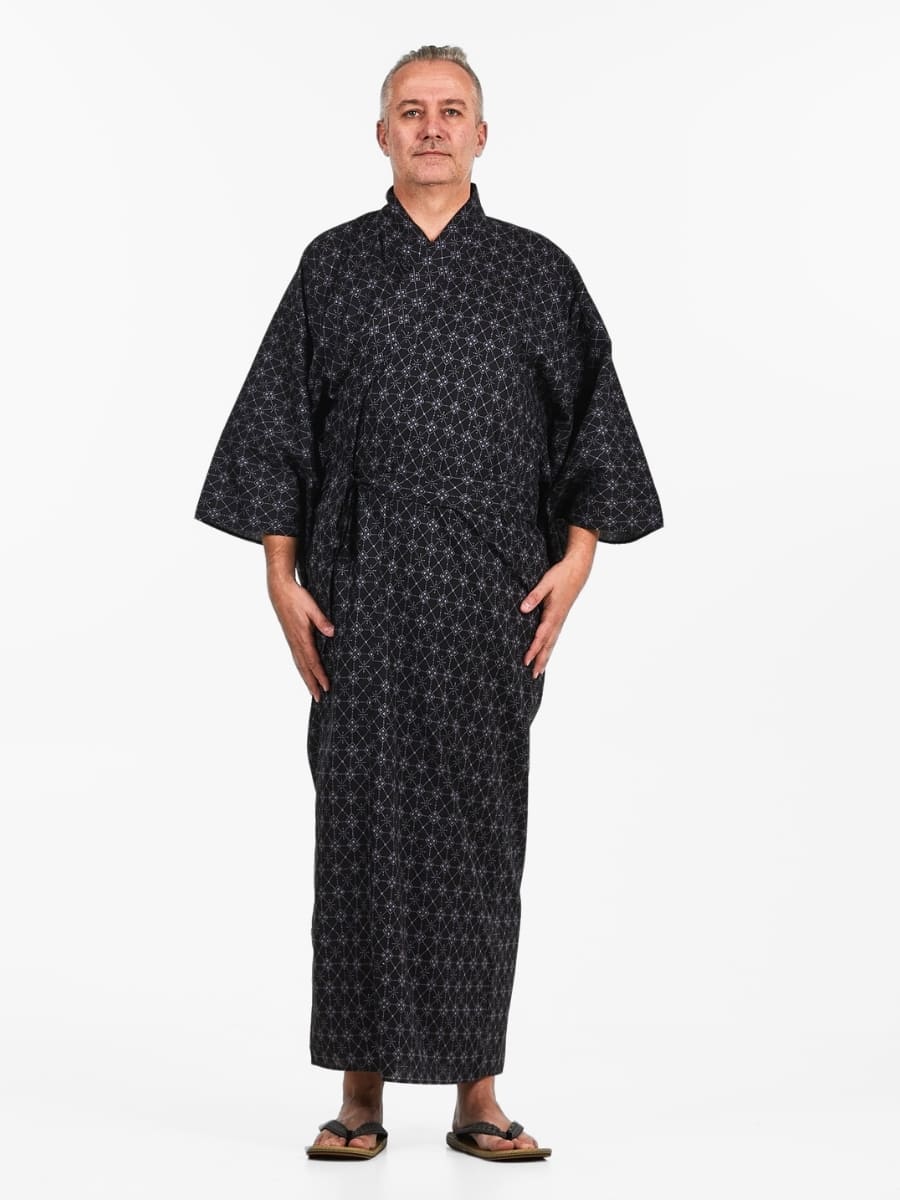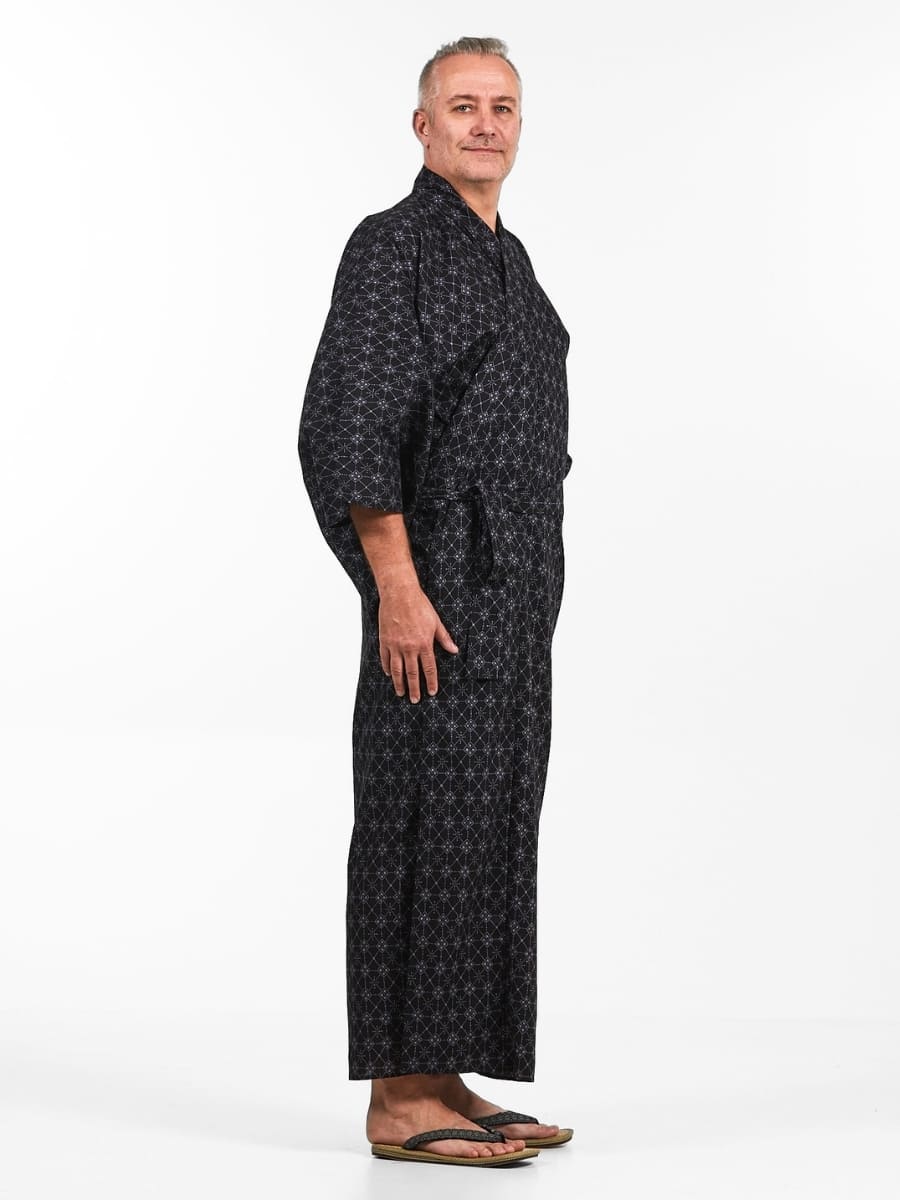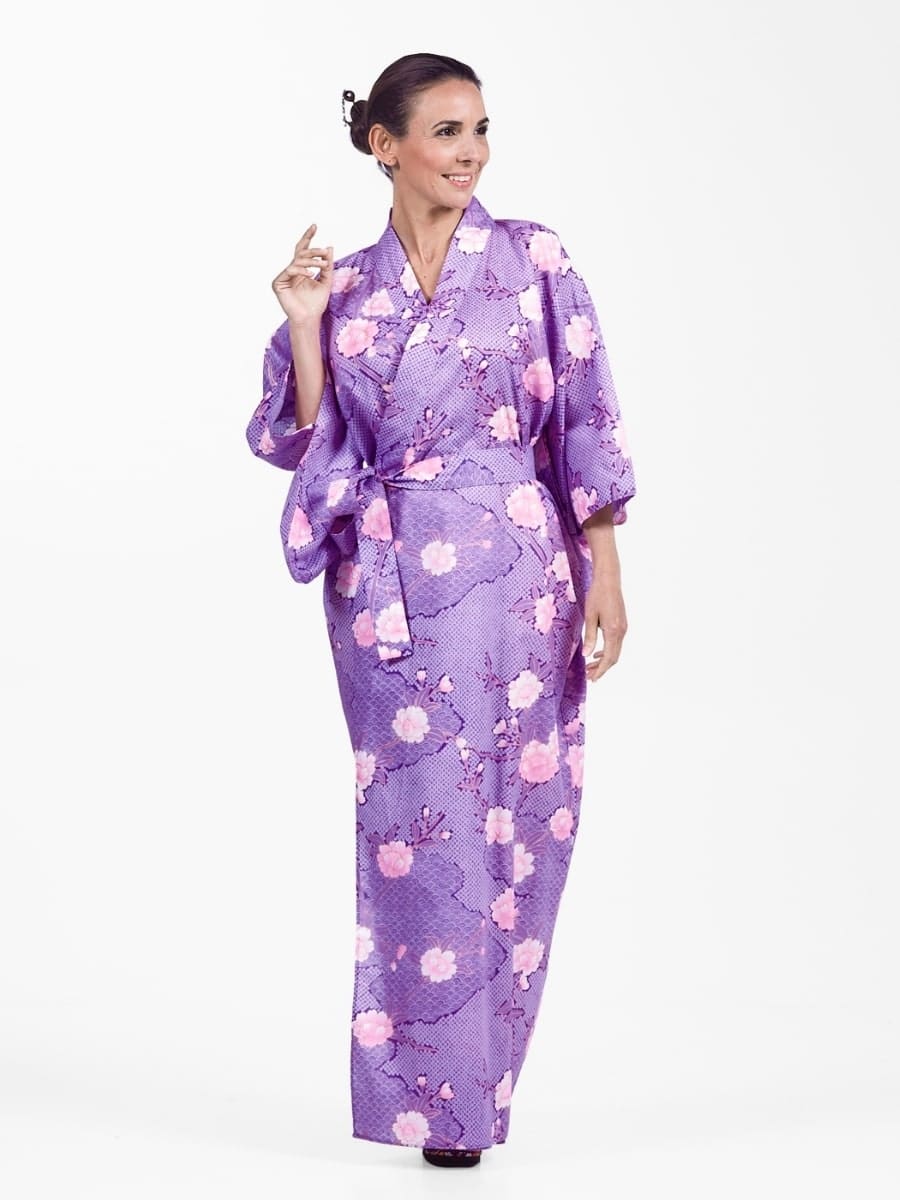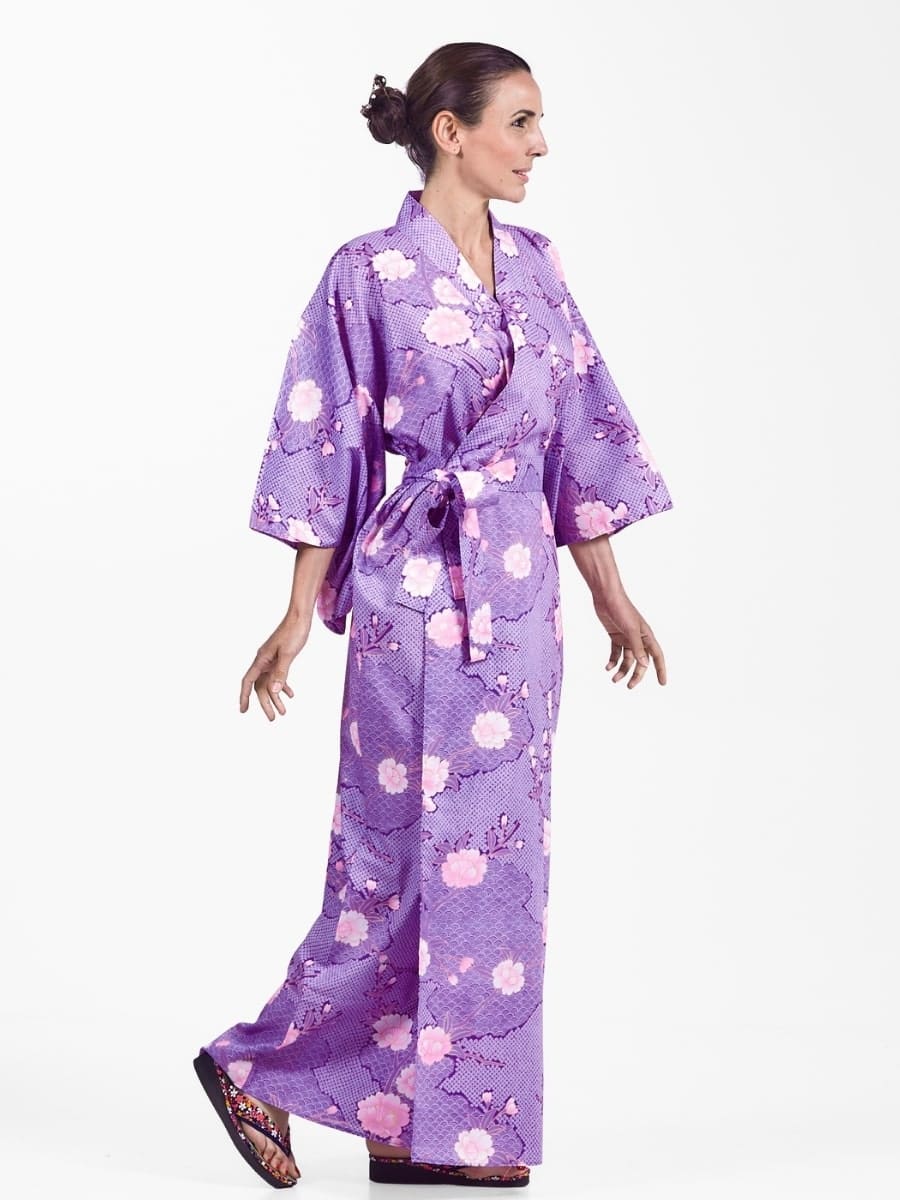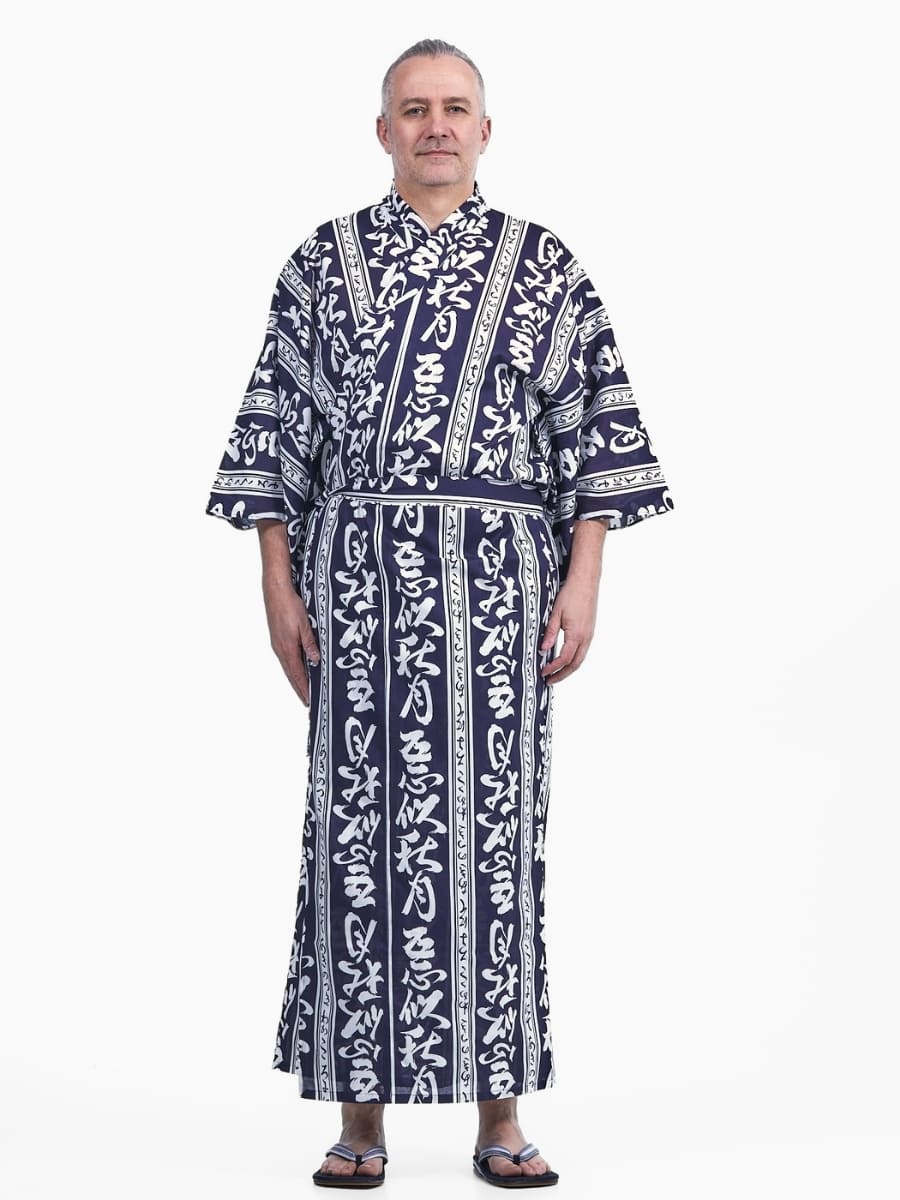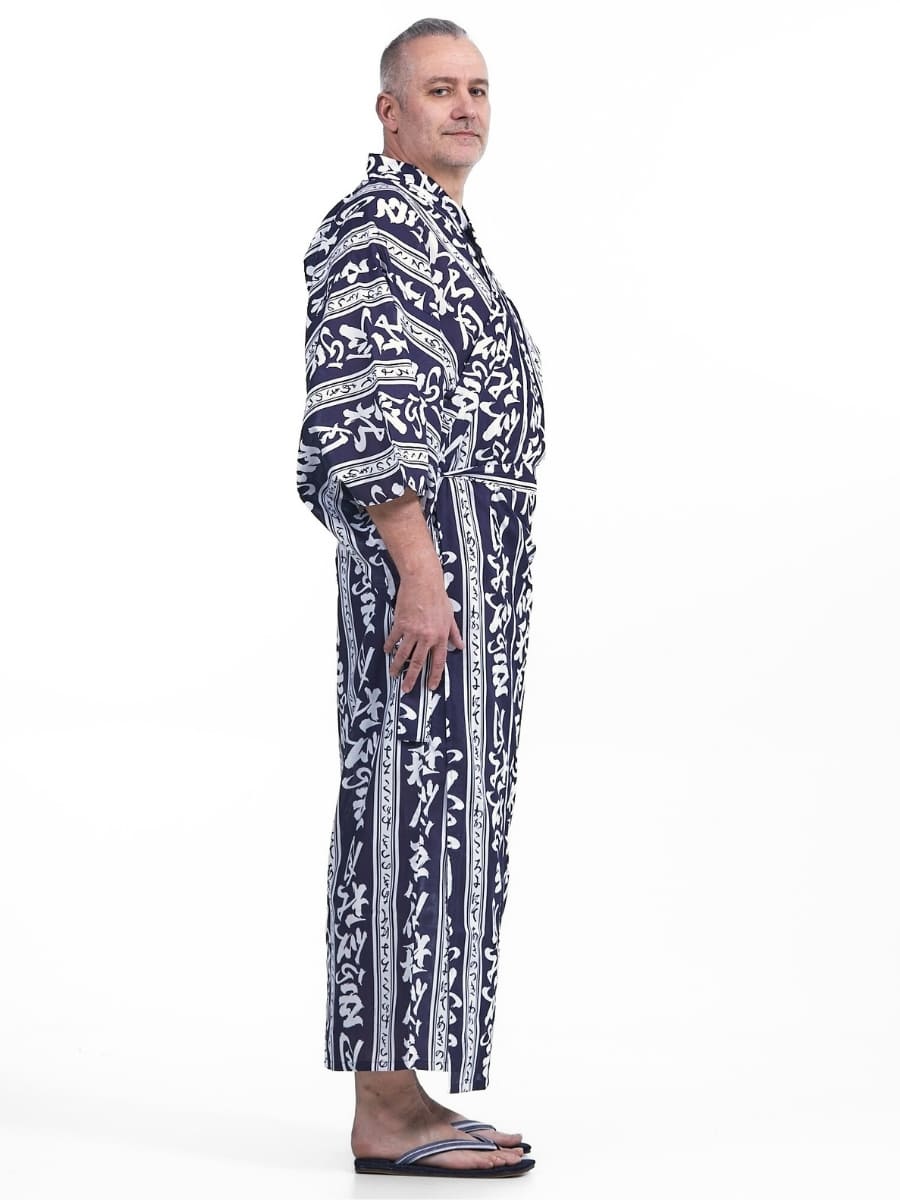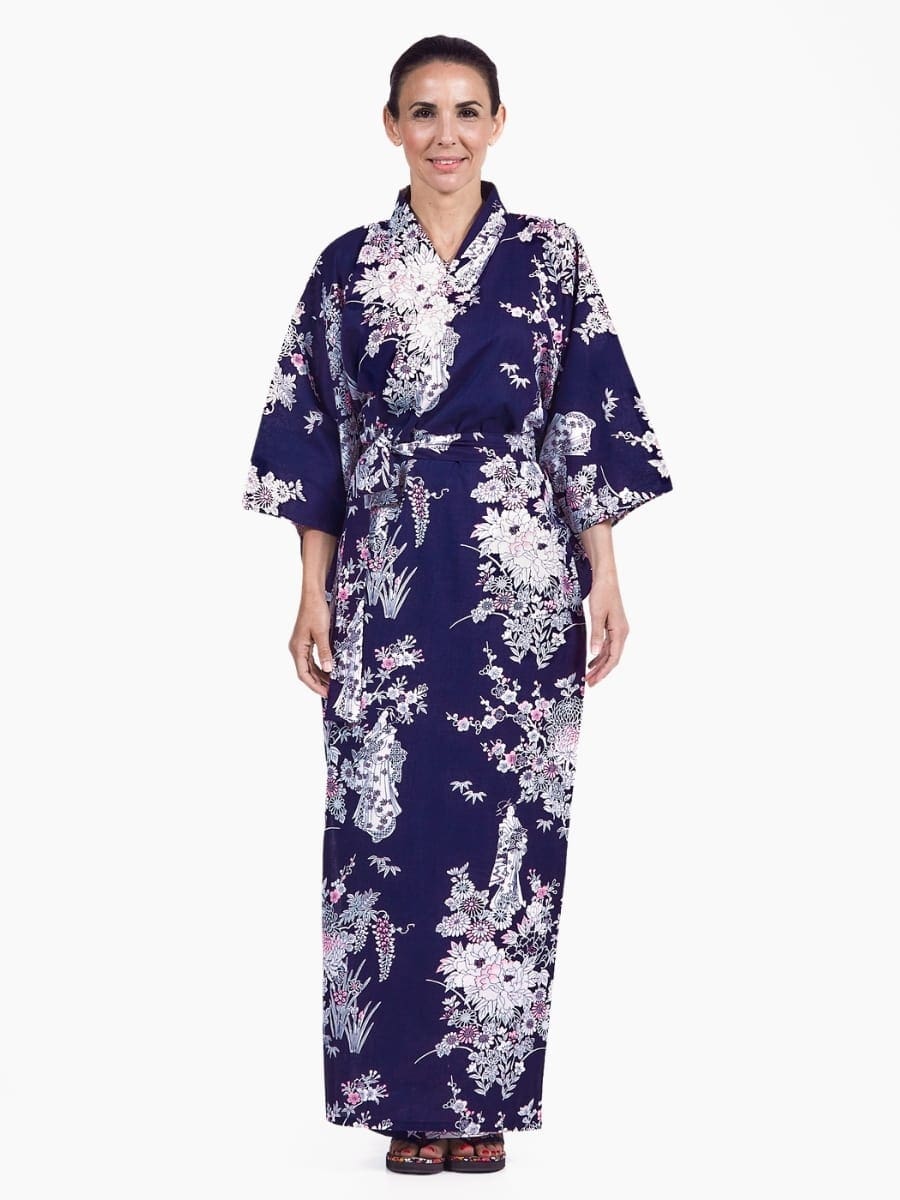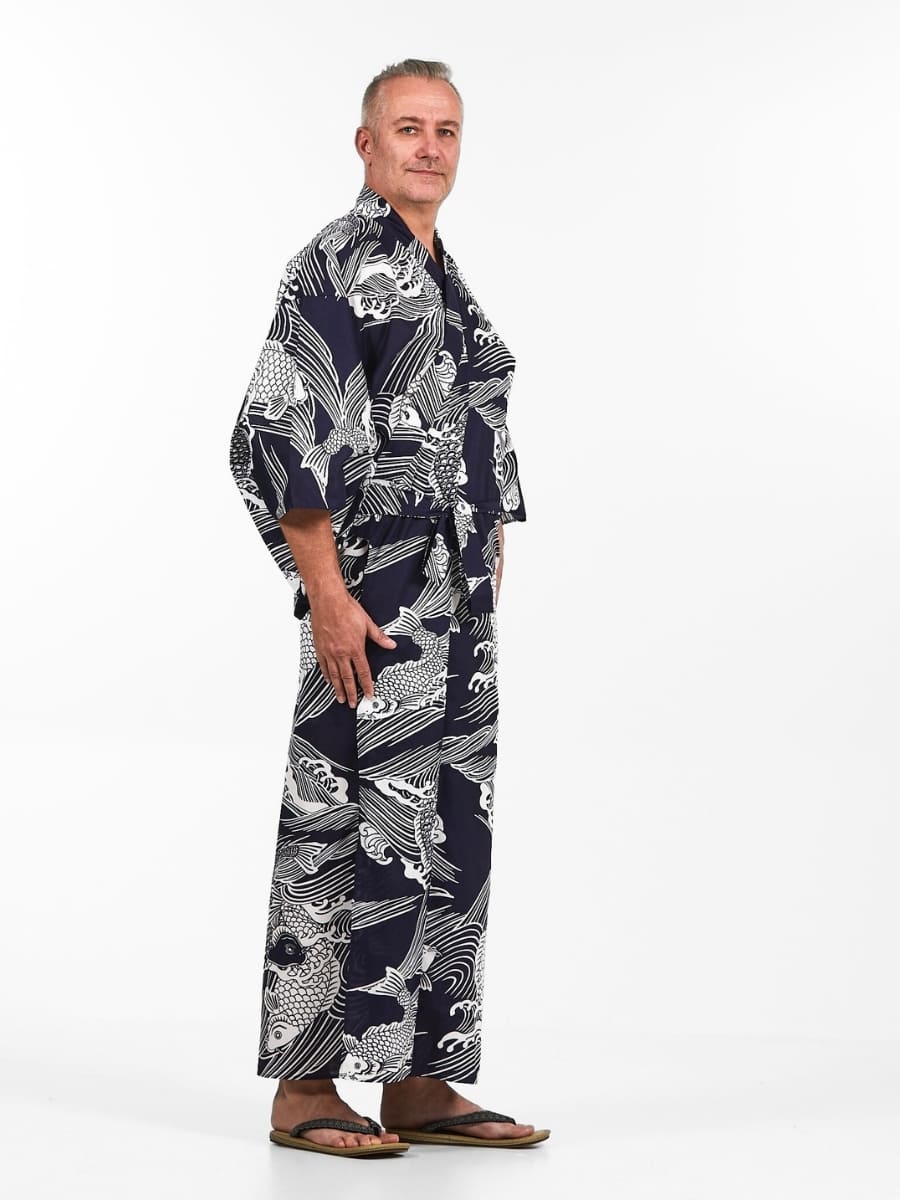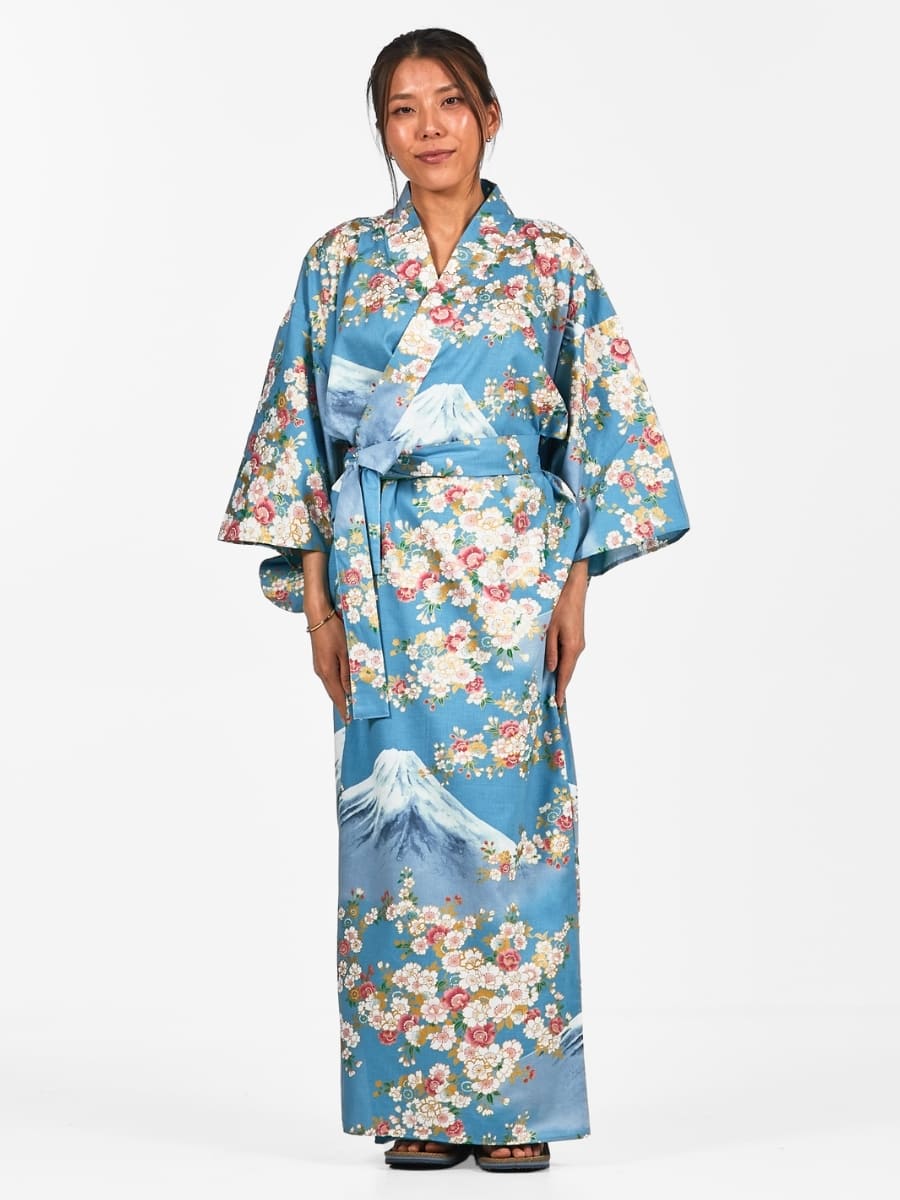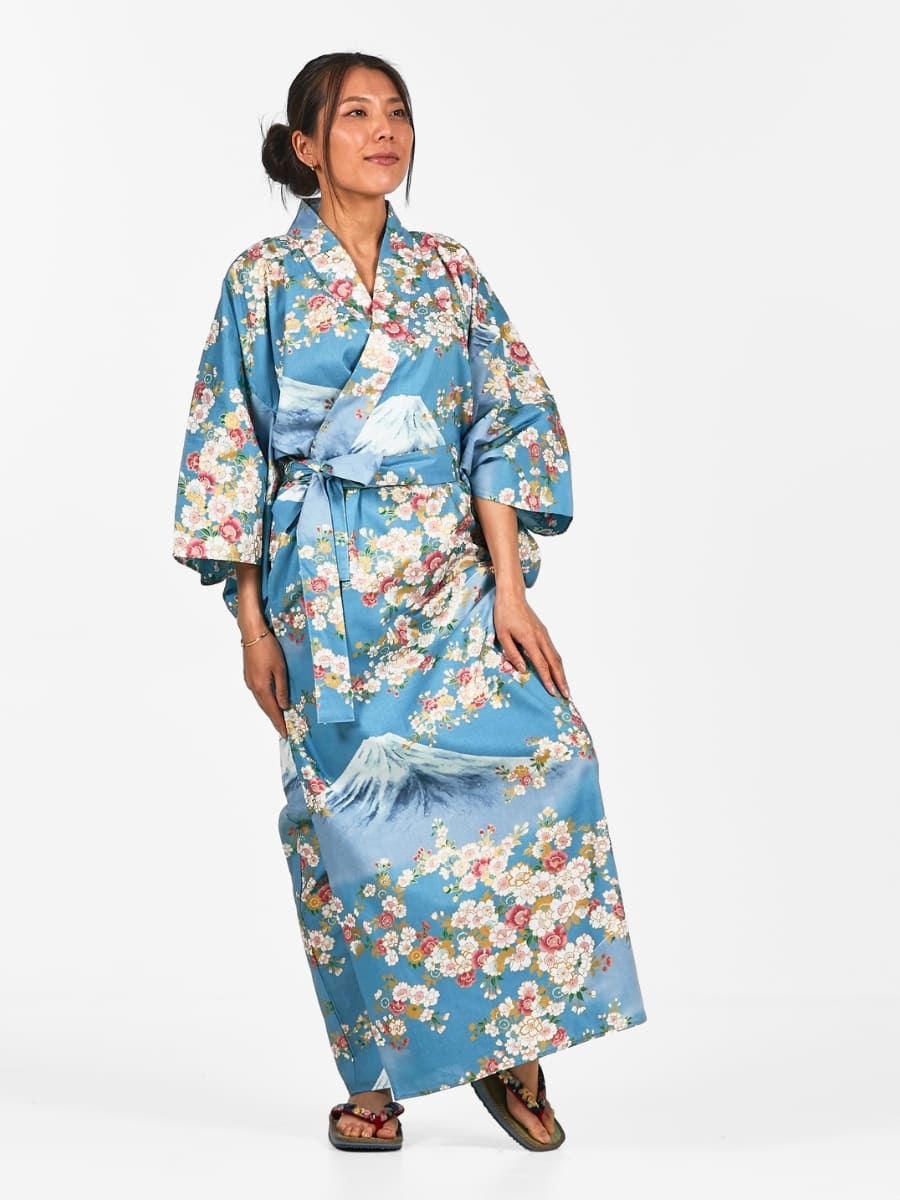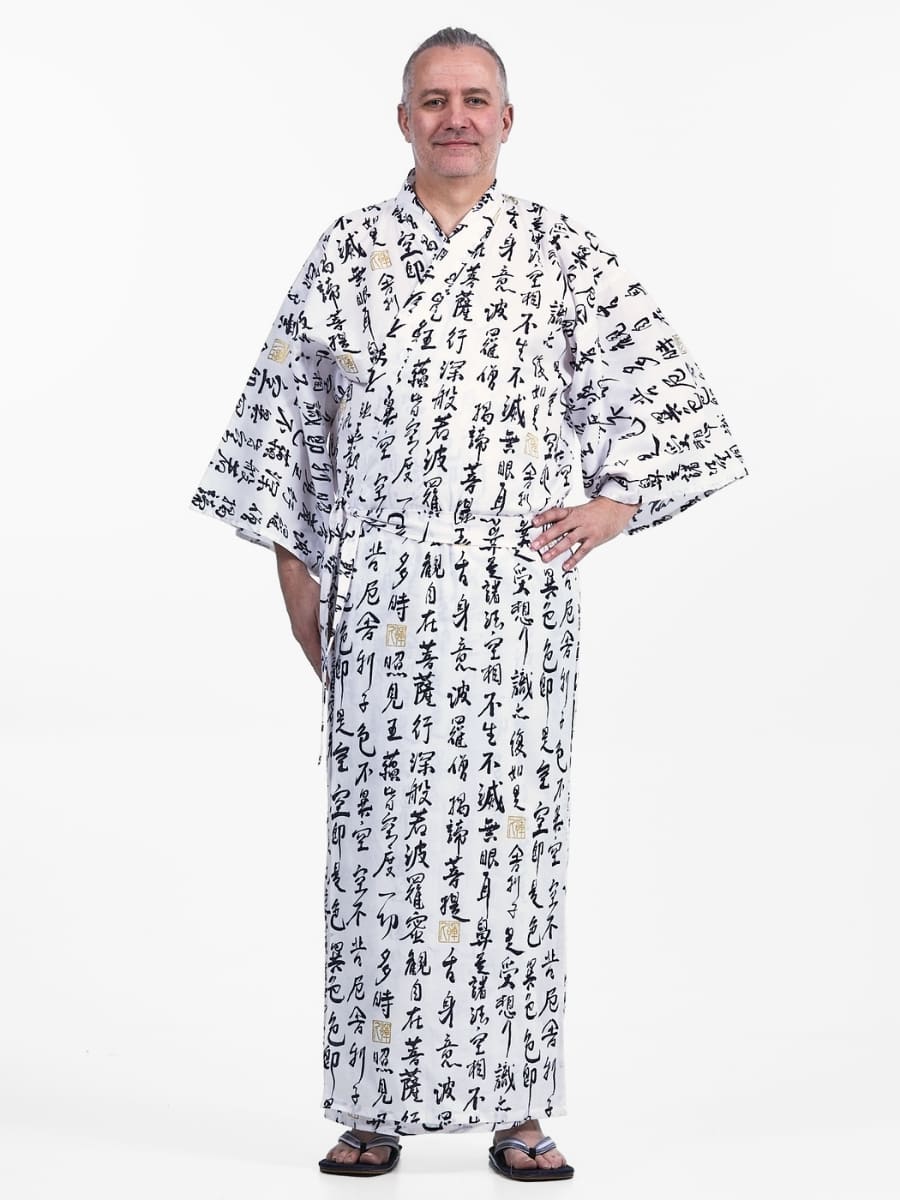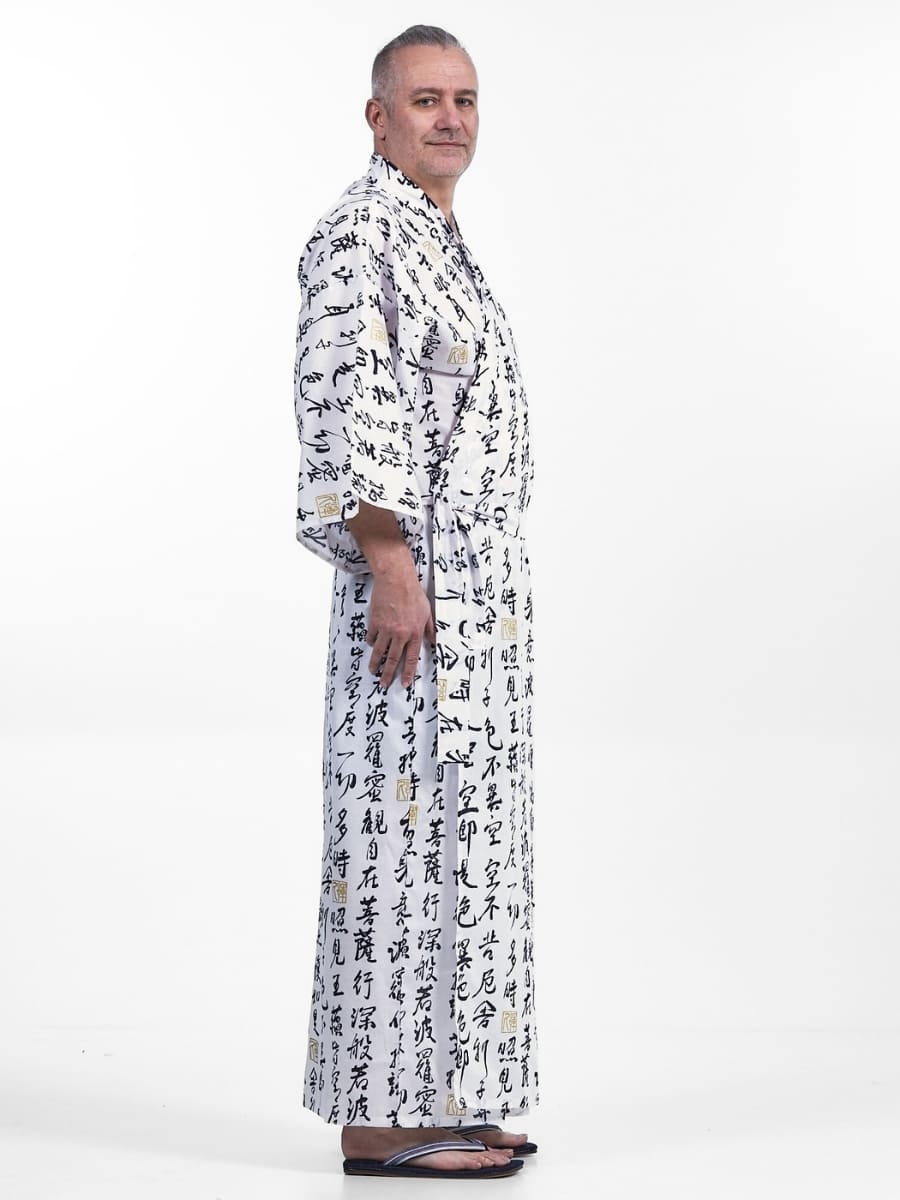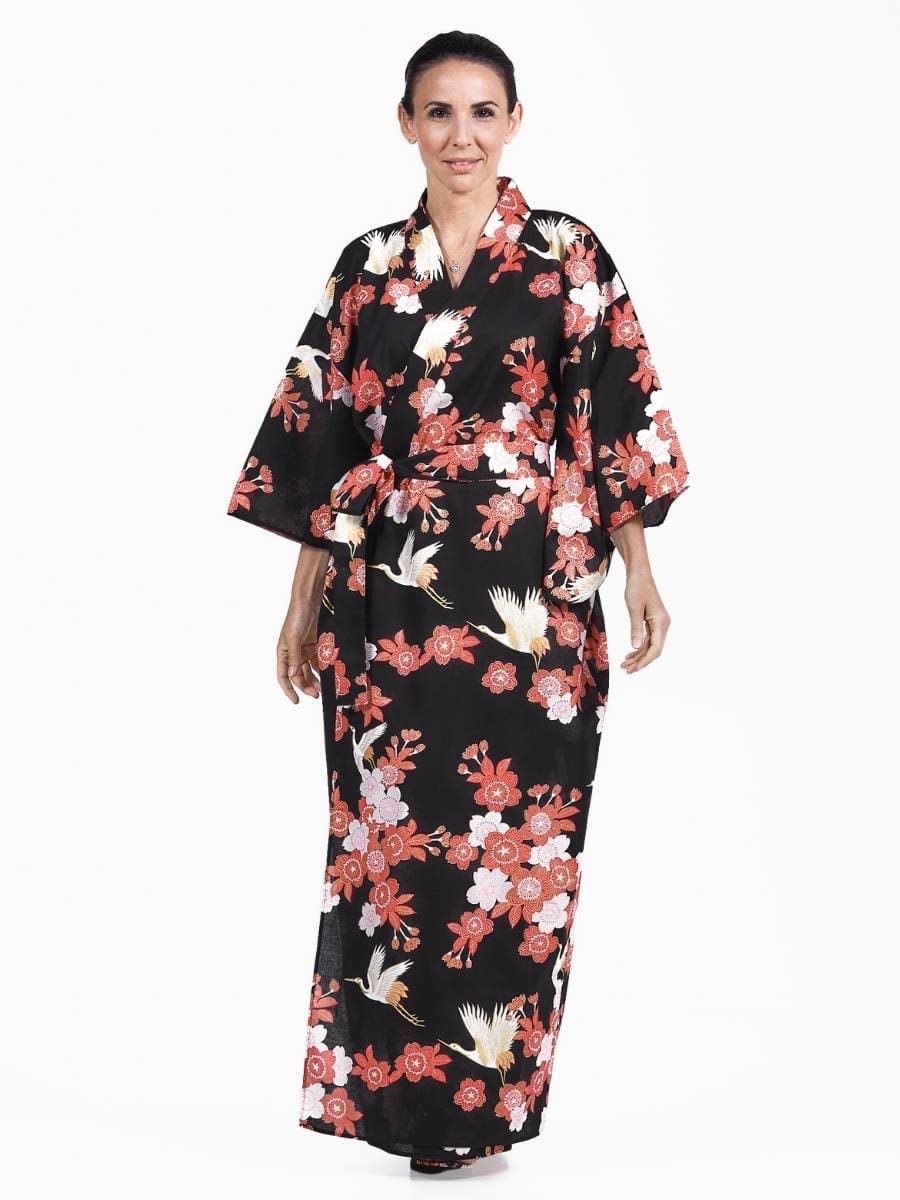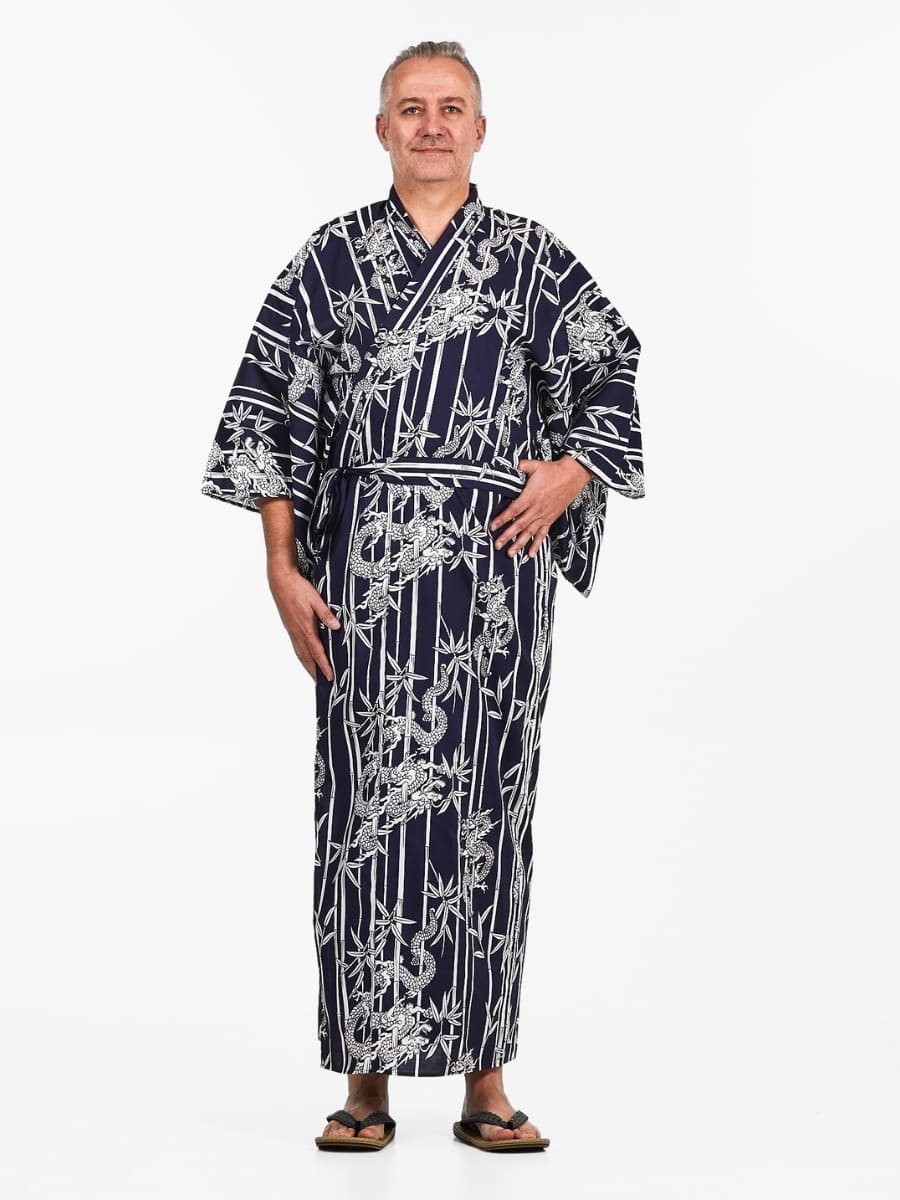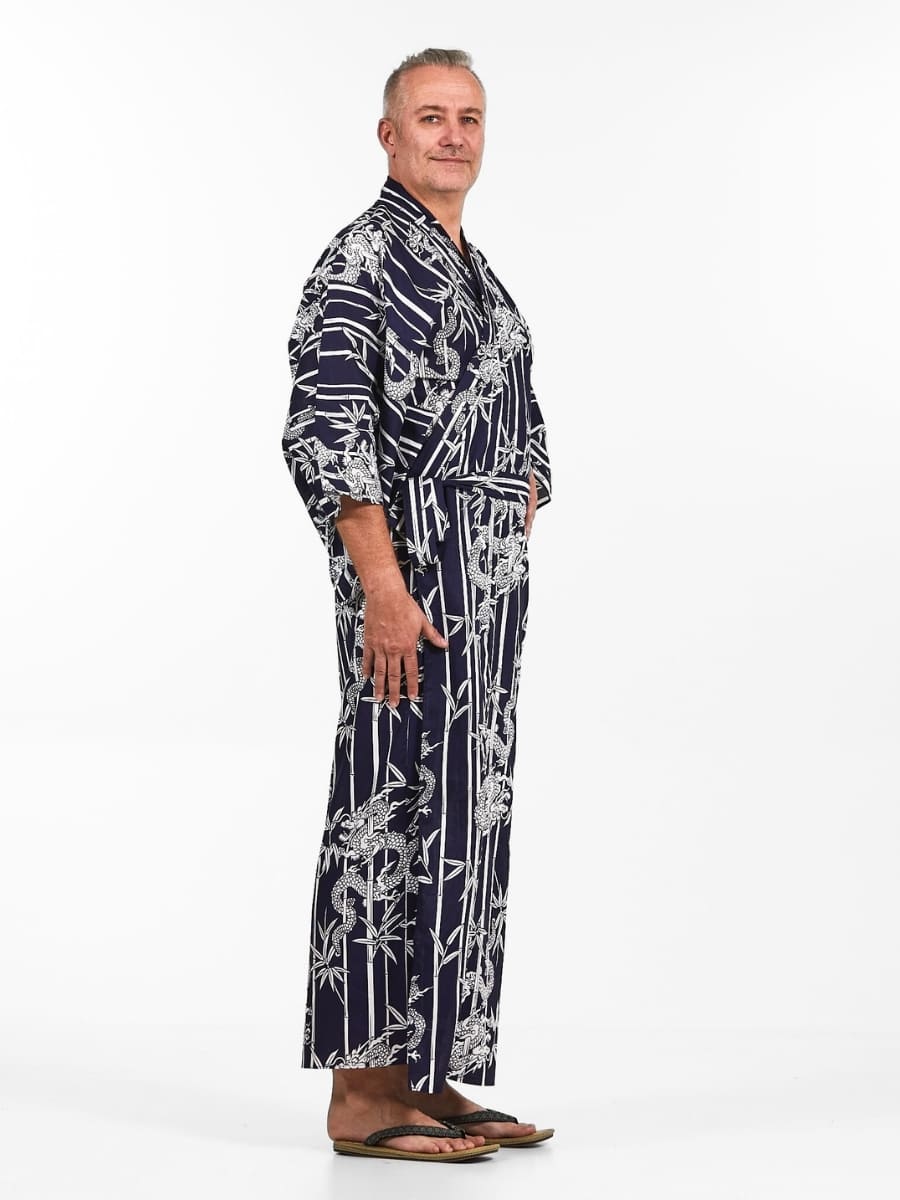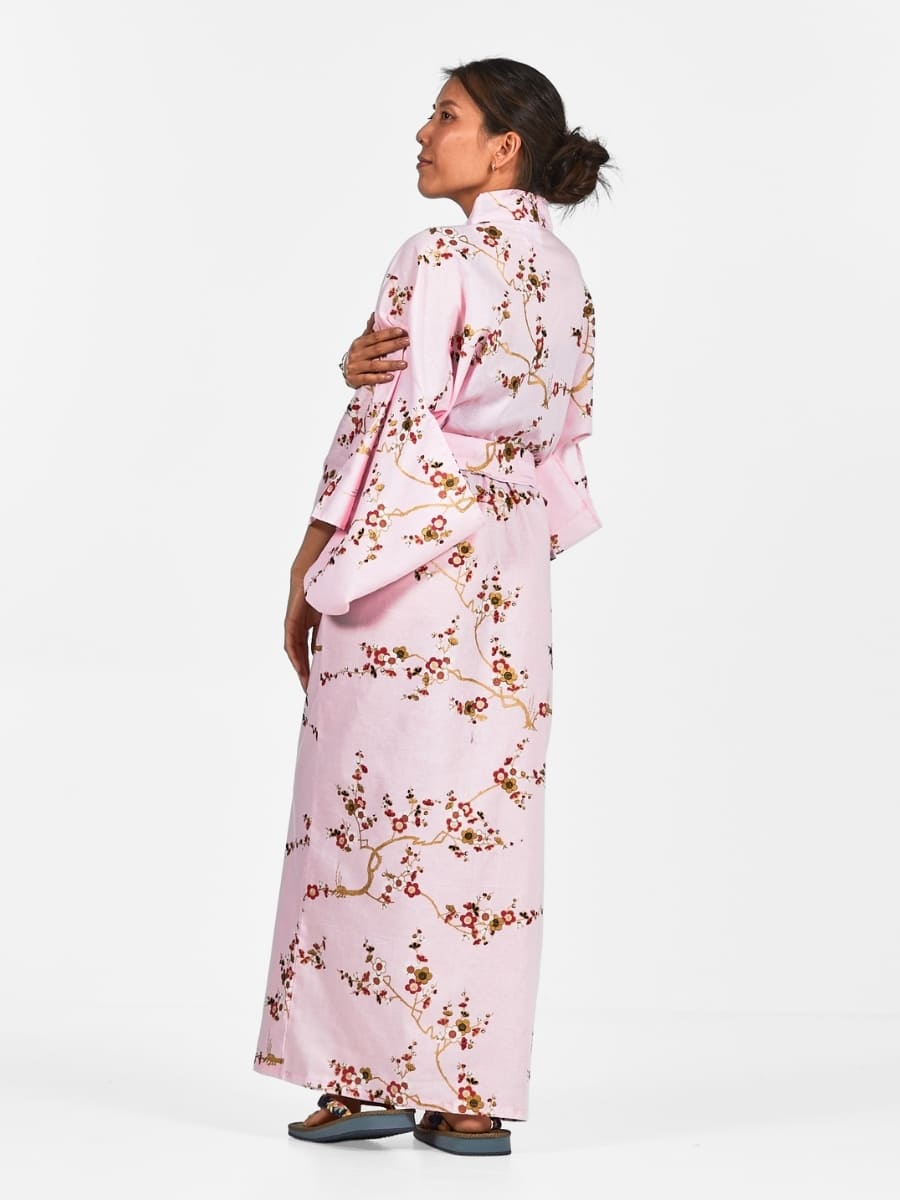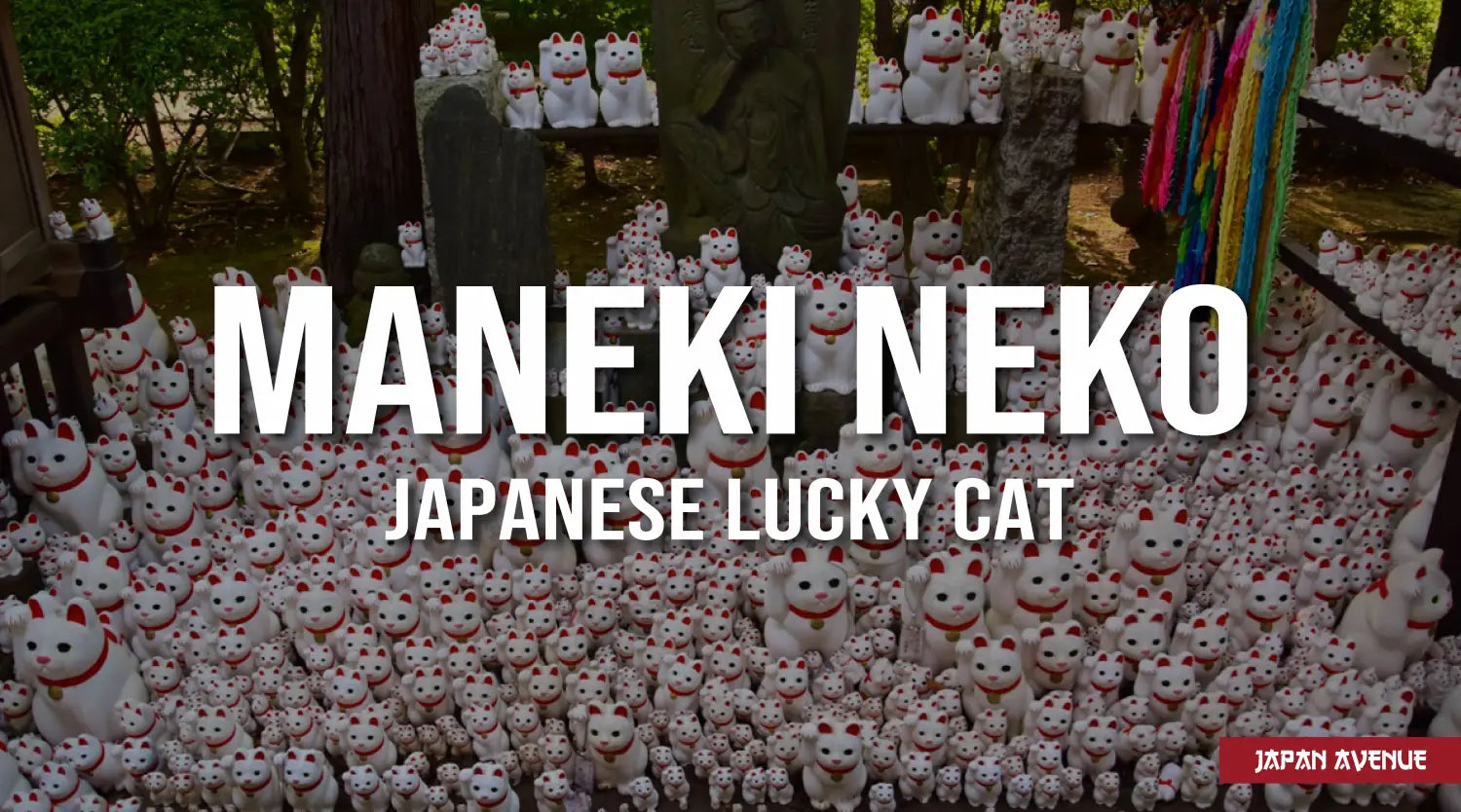Infused with poetry and history, the traditional Japanese costumes are part of the folklore at ceremonies and matsuri festivals.
The yukata (浴衣) is a Japanese garment, with a straight fit, long sleeves and resembles a kimono made of a lighter fabric. Formerly reserved for baths and at home, it is now also worn in the streets during summer festivals.
How about its origins? How to wear this garment nowadays and where to find one?
Find out why Japanese people and tourists alike adore this summer outfit!
👘 History and origin of the yukata
The yukata appeared in Japanese onsen or hot springs during the Heian period. Originally, it was a linen garment called yukatabaria that the nobles used to dry themselves after bathing. This custom was then taken over by the samurais of the Edo period as well.
Later, with the development of spa tourism in Japan, this bathrobe became commonly used in public baths. Cotton replaced linen and yukatabaria became yukata. Its name literally means "bathing garment".
Today, this lightweight kimono is frequently found in hotels and ryokan (traditional Japanese inns) where it serves as casual indoor wear.

Young women dressed in yukata, feet dipped in a hot spring at Oedo Onsen Monogatari, Tokyo.
👌 The yukata of today
As time goes by, the yukata is no longer a simple bathing suit or pajamas and is also worn outdoors. A traditional garment for summer celebrations - Japanese people love to wear it during festivals and fireworks.
The yukata is also more comfortable, lightweight and easier to put on than the formal kimono. In addition, its thin and breathable fabric is ideal for the summer season. A mixed garment suitable for women, men and children.
Nowadays, it is not uncommon to see women dressed in yukata in the streets of Tokyo in July and August - even apart from the festivities.
From the 90's, this lightweight Japanese clothing is more and more appreciated by young women who like wearing it as a casual outfit. This thin kimono also inspires western fashion designers and is gaining popularity on the catwalks of the biggest fashion shows.

Japanese youth dressed in yukata along the streets of Shibuya, Tokyo, Japan.
🤔 How to wear the yukata?
Usually made of cotton, this thin and light traditional garment is ideal to wear in the summer when the weather is hot and humid.
Similar to the Japanese kimono, the yukata is embellished with an obi belt to emphasize the waist and accessories such as a pretty fan and a small pouch. It is worn directly over white cotton underwear, such as a hadajuban. The outfit is accompanied by Japanese sandals known as geta, which are worn without socks.
This Japanese costume is most often worn by women, but men and children may also wear it. It is declined in many colors and designs. Some have stripes, geometric shapes, flowers or traditional Japanese designs (cherry trees, wagara...) others are more sober. If the yukata for young women and children are particularly colorful and decorated with patterns, men and older people will often opt for simplicity and darker tones.
| ⚠️ Be careful not to confuse the yukata with the kimono! Although these two Japanese garments look very similar, they are not worn for the same occasions. Knowing the difference between a kimono and a yukata will save you from making many mistakes if you travel to Japan 😉 |
🙆♀️ How to put on a yukata?
Like its relative the kimono, the yukata consists of a vertical piece of clothing called okumi and two long slit sleeves for women (furi). The front is divided into two parts around an extended collar and is closed with a belt (obi).
You can either dress in a traditional way with Japanese accessories or wear it in a more simple way.

Find the detailed tutorial on jw-webmagasine.com
- Insert your arms into the sleeves and center the garment so that the seams are correctly positioned.
- Open the two sides and pull them successively against you to adjust their length. The bottom edge should stop a few centimeters above the ground, at the level of the ankles.
- Pull the right side against you and then place the left side on top.
- Tie the koshi-himo, or thin belt, around your waist to secure the yukata.
- Fold the excess fabric over the koshi-himo, then tie the second ribbon over it.
- Wrap the obi around your waist to hide the koshi-himo before tying a bow.
If you don't have the traditional Japanese accessories, a simple belt will suffice to tie the yukata. For women the belt is tied around the waist while for men, the belt should be positioned at the hips.

Couple dressed in yukata walking through the streets of Kyoto, Japan.
🤩 Where to buy a yukata?
Is this lightweight summer kimono making you curious? Whether it's for your trip to Japan or to wear at home as nightwear, you'll love the comfort and elegance of the yukata.
In Japan, you will easily find a yukata to buy or rent in the streets of Tokyo. Shimokitazawa, Shibuya, Harajuku, Ikebukuro, Hinjuku and Ginza are very popular shopping areas. Note that the purchase of a yukata is not accessible to all budgets. You have to spend between 5,000 and 15,000 yens for this garment and then invest in a pair of traditional sandals and an obi.
To save some yens, you can also go for a second hand yukata. Also consider the yukata + geta + obi sets which often offer interesting prices.
You can find these summer kimonos in shopping malls and supermarkets, or for a second hand, in second hand stores like bazaars or thrift shops.
If you are not planning to go to Japan this year, you can also buy your yukata online. At Japan Avenue, we offer several models of yukata, as well as essential accessories such as tabi socks, obi belts and geta or zori.
Among the traditional Japanese clothes, the yukata is THE summer outfit in Japan.
Worn exclusively at hot springs in the past, this informal light cotton garment has been reinvented over time. Cheaper and easier to wear than a silk kimono, the yukata offers a wide variety of styles and patterns, inspired by Japanese culture and Western influences.
More popular than ever, the yukata is a must-have outfit in the Land of the Rising Sun, whether you're relaxing at home or going out. Moreover, this elegant and casual garment seduces great designers all over the world.

